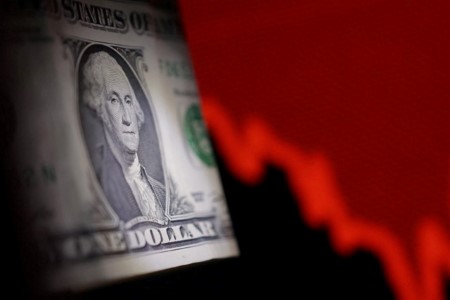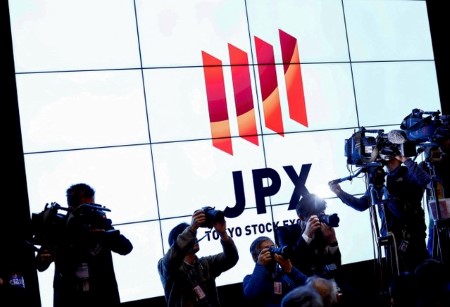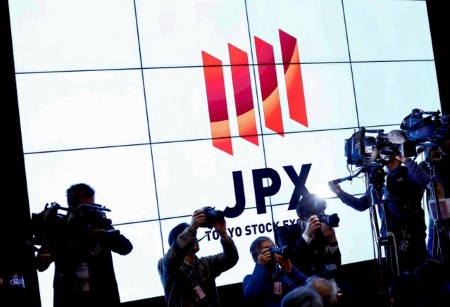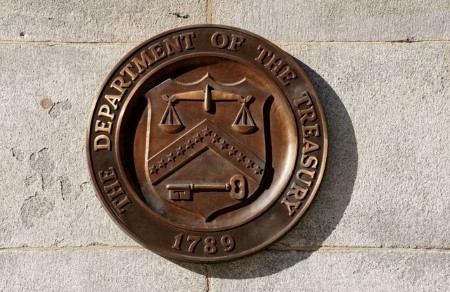Gold prices were steady on Wednesday as market participants remained cautious ahead of key US economic data, while the ceasefire between Iran and Israel weighed on safe-haven demand.
Spot gold was up 0.1% at USD 3,327.91 per ounce at 0158 p.m. EDT (1758 GMT) after prices hit their lowest in over two weeks in the previous session.
US gold futures settled 0.3% lower at USD 3,343.1.
With all the momentum and potential in the markets, the factors that typically drive gold never pushed it to new highs, said Daniel Pavilonis, senior market strategist at RJO Futures
“So, I think the path is now more to the downside; it may hit USD 2,900 if things don’t escalate in the Middle East.”
US President Donald Trump revelled in the swift end to war between Iran and Israel, saying he now expected a relationship with Tehran that would preclude rebuilding its nuclear programme.
Wall Street’s S&P 500 and Nasdaq indexes rose on Wednesday, hovering near a record peak. .N
Federal Reserve Chair Jerome Powell, in his second day of congressional testimony, reiterated that the central bank doesn’t need to be in a rush to cut interest rates due to uncertainty over the impact of the still-unresolved tariff debate.
In May, Trump paused his sweeping trade tariffs until July 9 to allow Washington to negotiate compromises with multiple countries.
However, Powell added, “I think if it turns out that inflation pressures remain contained, we will get to a place where we cut rates sooner than later.”
The market currently sees an over 85% chance of a rate cut in September.
Bullion tends to do well during periods of uncertainty and in a low-interest-rate environment.
Traders are also awaiting US GDP and jobs data due on Thursday, and the Personal Consumption Expenditures (PCE) data on Friday to gauge the Fed’s future policy path.
Elsewhere, spot silver added 0.8% to USD 36.2, while palladium fell 0.5% to USD 1,061.01.
Platinum rose 2.8% to USD 1,352.96, reaching its highest level since September 2014.
(Reporting by Sarah Qureshi in Bengaluru; Editing by Tasim Zahid, Leroy Leo, and Maju Samuel)







 DOWNLOAD
DOWNLOAD













